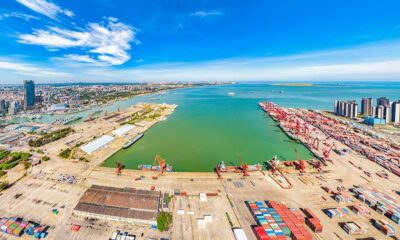Trade
Japan now has to deal with ASEAN on a more equal footing
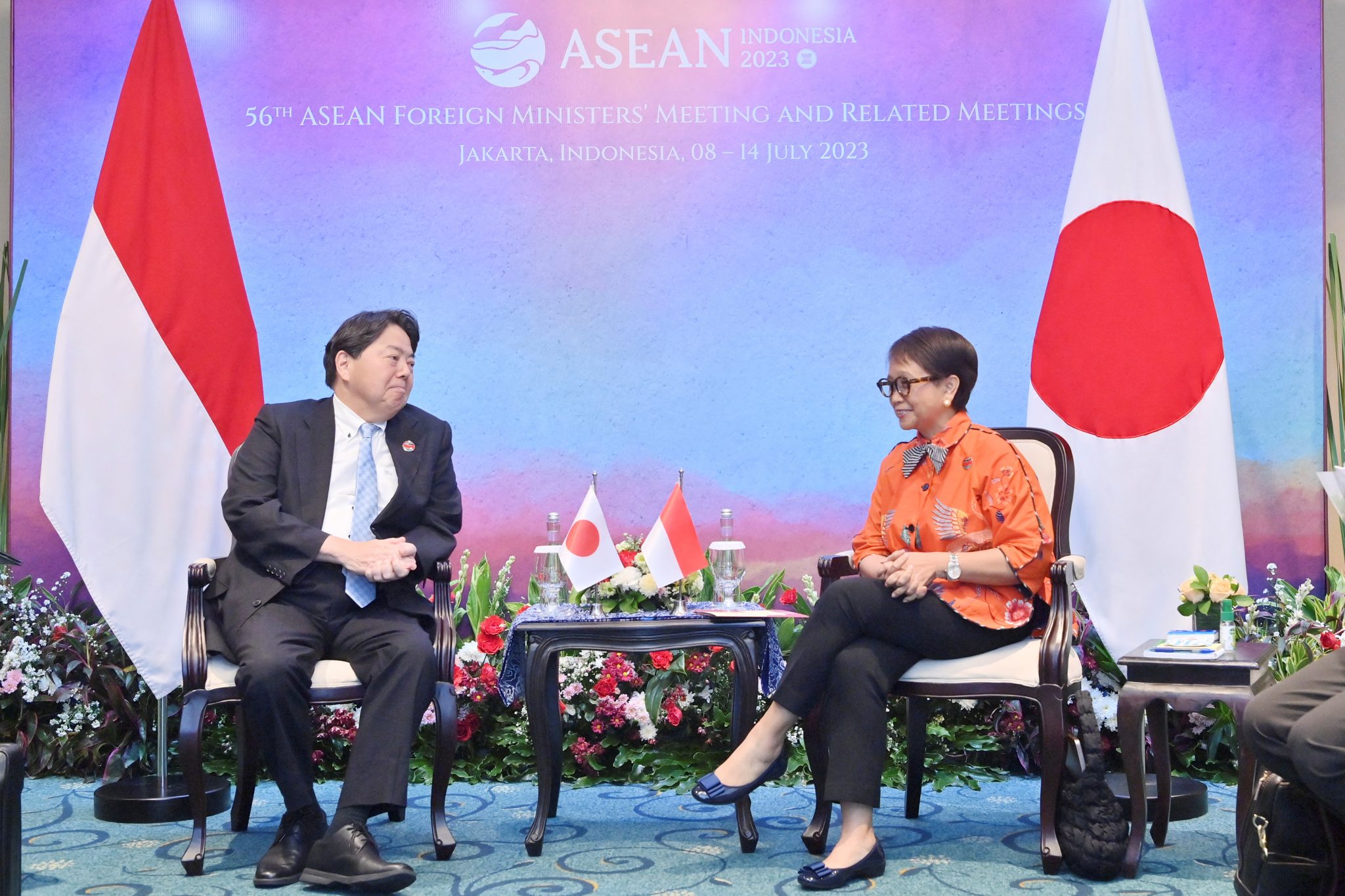
Author: Mie Oba, Kanagawa University
In 2023 ASEAN and Japan celebrate the 50th anniversary of their official partnership. ASEAN and Japan have both changed dramatically over the past 50 years. So too has their relationship as it has moved towards greater equality, with Japan’s projection as a major power shrinking after the bursting of its bubble economy and the rise of China in East Asia.
Japan became the world’s second-largest economy in the late 1960s, establishing a formidable economic presence in Southeast Asia. Japanese companies exported industrialised goods and established business operations across the region. For the founding members of ASEAN — Indonesia, Malaysia, the Philippines, Singapore and Thailand — industrialisation was still a future project. Japan leveraged its economic power for political influence, providing considerable aid to Southeast Asian countries.
Japan’s early economic presence in Southeast Asia elicited a backlash in ASEAN countries. The ‘equal’ partnership that the Fukuda doctrine of the late 1970s emphasised did not then represent the reality of Japan–ASEAN relations.
As Japan’s status has diminished, ASEAN’s economic and political status has grown, elevating Southeast Asian interests globally. ASEAN combined GDP reached about US$3.6 trillion in 2022 — 85 per cent of that of Japan — and the region’s on a strong growth trajectory.
Both ASEAN and Japan now face new external challenges. After the end of the Cold War, East Asia enjoyed a stable regional environment under the liberal international order sustained by US hegemony. This stability is now threatened by a changing power balance and escalating US–China strategic competition. Navigating these power dynamics is complex, and neither Japan nor ASEAN countries can simply choose one side or the other.
The alliance with the United States is the core of Japan’s defence and foreign policy strategies. The 2022 National Security Strategy prioritises cooperation with the United States towards long-term peace and security in the region. As US–China competition intensifies, this has implications for Japan–China security relations, already fraught by territorial disputes over the Senkaku/Diayuo Islands and natural resources in the East China Sea. Yet the Chinese economy remains crucial for Japanese businesses. China is Japan’s largest trading partner and was the third-largest destination for Japanese direct investment in 2022.
For ASEAN, China’s assertive behaviour in the South China Sea threatens the free and open, rules-based maritime order in the region. Escalating US–China strategic competition challenges ASEAN’s ‘centrality’ while the emergence of minilateral strategic coalitions such as the Quad and AUKUS diminish the importance of ASEAN’s contributions to regional stability.
At the same time, the ASEAN and Chinese economies have also become inseparably intertwined. The share of ASEAN’s total trade with China grew from 12 per cent in 2010 to 19.4 per cent in 2020, ASEAN as a group is China’s largest trade partner and foreign direct investment from China into ASEAN is steadily increasing.
For ASEAN countries, the United States remains important as a trading partner as well as its largest source of investment. Some ASEAN countries cooperate closely with the United States in security and defence. The Philippines and Singapore lease bases to the US military and — with Brunei, Indonesia, Malaysia, Thailand and Vietnam — participate in annual Southeast Asia Cooperation and Training exercises led by the US navy.
As US–China competition intensifies, both powers are strengthening the economic security dimensions of policy. The Japanese policy elite acknowledges that the existing liberal international order under US hegemony is on the wane, and Japan has begun to adopt a new approach, assuming a role as promoter of the rules-based regional order. The proposal of the ‘Free and Open Indo-Pacific’ is one case in point. Like ASEAN, Japan also accepts that it does not have sufficient power to foster and sustain such a regional order alone.
Though the interests and objectives of Japan and ASEAN on specific issues don’t always coincide, they need to enhance cooperation because both need partners to foster a stable regional order and deal with national challenges. They need to ensure their diplomatic autonomy and maintain their voice to protect against the whims of great power rivalries.
There are three main pillars on which Japan and ASEAN can now build that cooperation.
The…
Trade
Fixing fragmentation in the settlement of international trade disputes
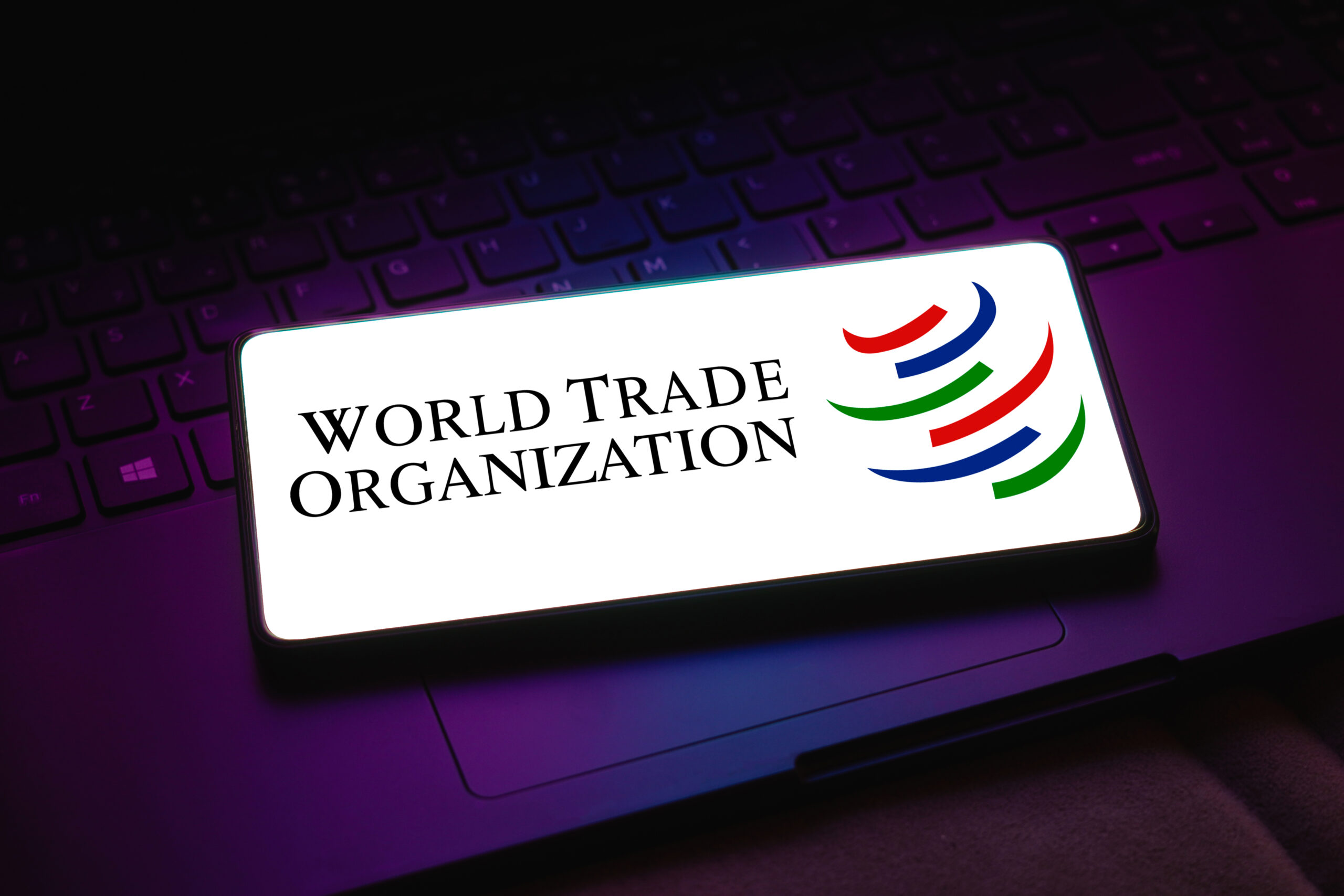
Fragmentation in global trade due to the lack of development in multilateral trade rules at the WTO has led to an increase in FTAs. The Appellate Body impasse has further exacerbated fragmentation, requiring a multilateral approach for reform.
Fragmentation in Global Trade
Fragmentation in global trade is not new. With the slow development of multilateral trade rules at the World Trade Organization (WTO), governments have turned to free trade agreements (FTAs). As of 2023, almost 600 bilateral and regional trade agreements have been notified to the WTO, leading to growing fragmentation in trade rules, business activities, and international relations. But until recently, trade dispute settlements have predominantly remained within the WTO.
Challenges with WTO Dispute Settlement
The demise of the Appellate Body increased fragmentation in both the interpretation and enforcement of trade law. A small number of WTO Members created the Multi-Party Interim Appeal Arbitration Arrangement (MPIA) as a temporary solution, but in its current form, it cannot properly address fragmentation. Since its creation in 2020, the MPIA has only attracted 26 parties, and its rulings have not been consistent with previous decisions made by the Appellate Body, rendering WTO case law increasingly fragmented.
The Path Forward for Global Trade
Maintaining the integrity and predictability of the global trading system while reducing fragmentation requires restoring the WTO’s authority. At the 12th WTO Ministerial Conference in 2022, governments agreed to re-establish a functional dispute settlement system by 2024. Reaching a consensus will be difficult, and negotiations will take time. A critical mass-based, open plurilateral approach provides a viable alternative way to reform the appellate mechanism, as WTO Members are committed to reforming the dispute settlement system.
Source : Fixing fragmentation in the settlement of international trade disputes
Trade
WTO ministerial trading in low expectations and high stakes
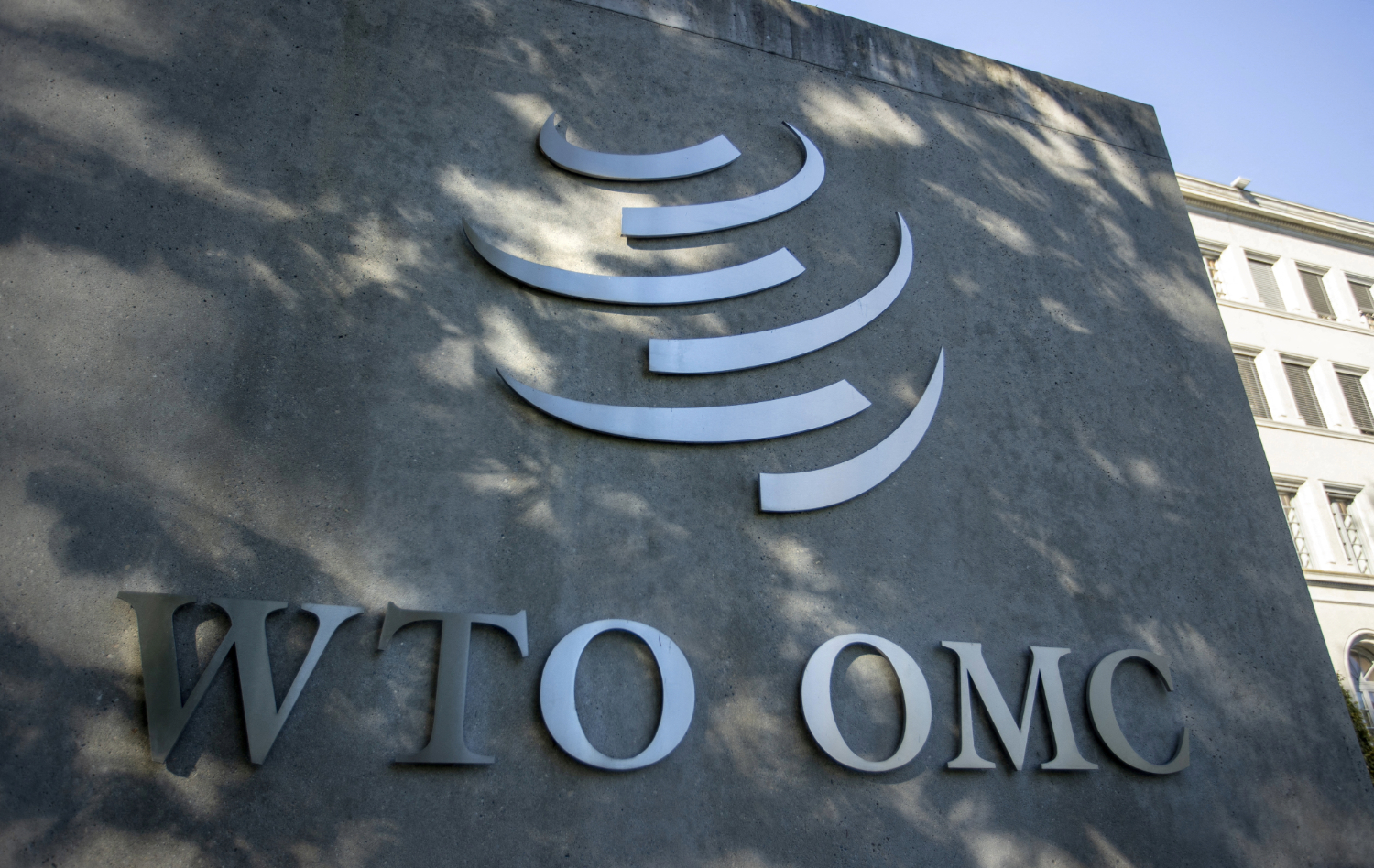
The WTO’s 13th Ministerial Conference is set to focus on e-commerce transparency, investment facilitation, and admitting new members. However, progress may be hindered by disputes, especially regarding fisheries subsidies.
The World Trade Organisation’s 13th Ministerial Conference
The World Trade Organisation’s (WTO) 13th Ministerial Conference is set to take place in Abu Dhabi on 26–29 February, with expectations of deals on electronic commerce transparency, investment facilitation for development, and the admission of Timor Leste and the Comoros as WTO members. Despite these positive developments, the expectations are relatively modest compared to promises made at the 12th Ministerial Conference, which included addressing fisheries subsidies and restoring a fully functioning dispute settlement mechanism by 2024.
Challenges in Dispute Settlement and Agricultural Trade Reform
However, challenges remain, especially in the deadlock of dispute settlement since December 2019 due to a US veto on the appointment of Appellate Body judges. Progress in restoring the dispute settlement mechanism has stalled, and discord continues regarding India’s grain stockholding policy as a potential illegal subsidy. Restoring a fully functioning dispute settlement mechanism hinges on addressing US concerns about perceived bias against trade remedies in relation to China’s state subsidies.
Geopolitical Tensions and the Future of Trade Relations
The likelihood of reaching agreements amid geopolitical tensions between Western democracies and China appears slim, with issues surrounding subsidies and global supply chains causing rifts in trade relations. As nations focus on self-reliance within the global value chain, opportunities for trading face obstacles. Advocacy for open markets and addressing protectionist sentiments remains crucial for fostering resilience to external shocks and promoting economic growth.
Source : WTO ministerial trading in low expectations and high stakes
Trade
Getting Vietnam’s economic growth back on track
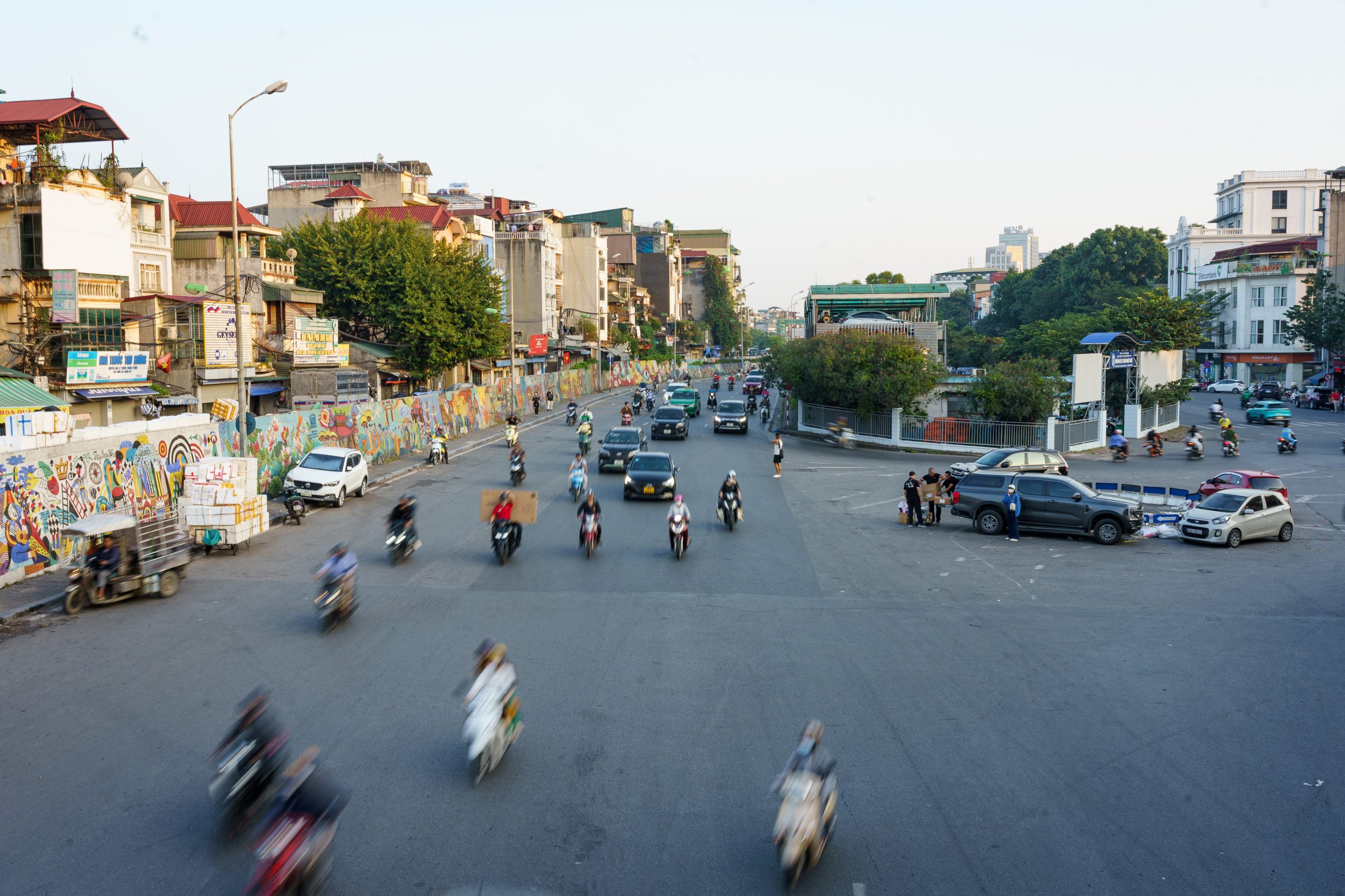
Vietnam’s economy grew 8% in 2022 but slowed in 2023 due to falling exports and delays in public investments. The economy’s future depends on structural reforms and reducing dependency on foreign investment.
Vietnam’s Economic Roller Coaster
After emerging from COVID-19 with an 8 per cent annual growth rate, Vietnam’s economy took a downturn in the first half of 2023. The drop was attributed to falling exports due to monetary tightening in developed countries and a slow post-pandemic recovery in China.
Trade Performance and Monetary Policy
Exports were down 12 per cent on-year, with the industrial production index showing negative growth early in 2023 but ended with an increase of approximately 1 per cent for the year. Monetary policy was loosened throughout the year, with bank credit growing by 13.5 per cent overall and 1.7 per cent in the last 20 days of 2023.
Challenges and Prospects
Vietnam’s economy suffered from delayed public investments, electricity shortages, and a declining domestic private sector in the last two years. Looking ahead to 2024, economic growth is expected to be in the range of 5.5–6 per cent, but the country faces uncertainties due to geopolitical tensions and global economic conditions.


